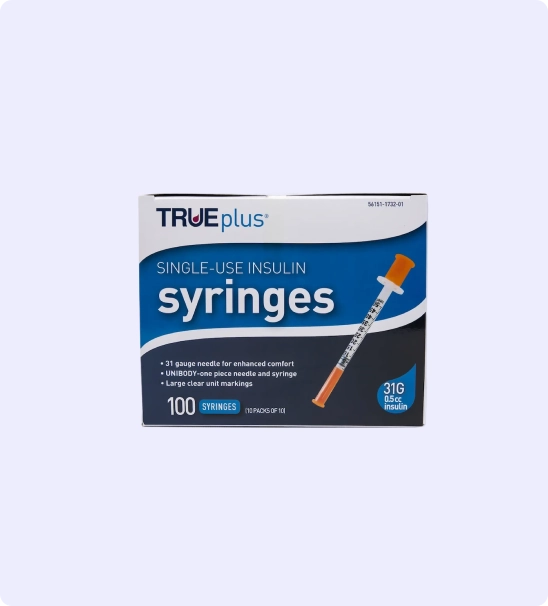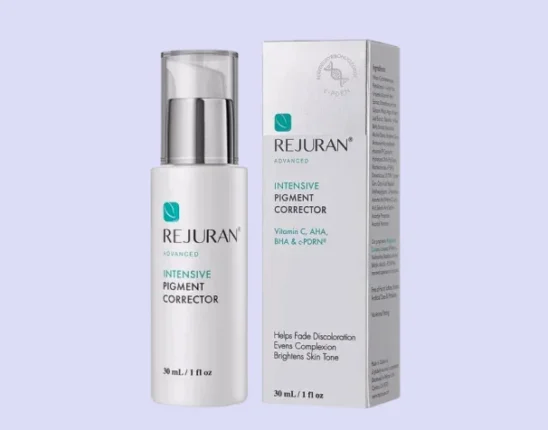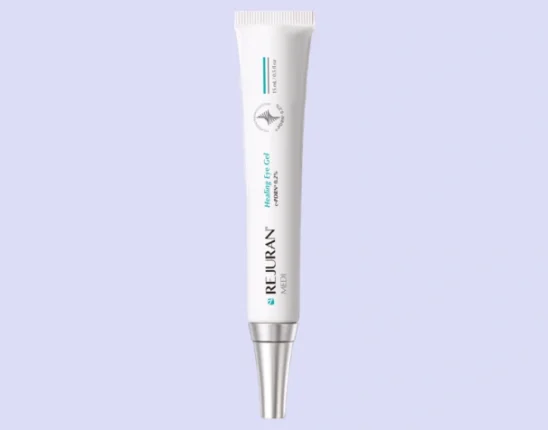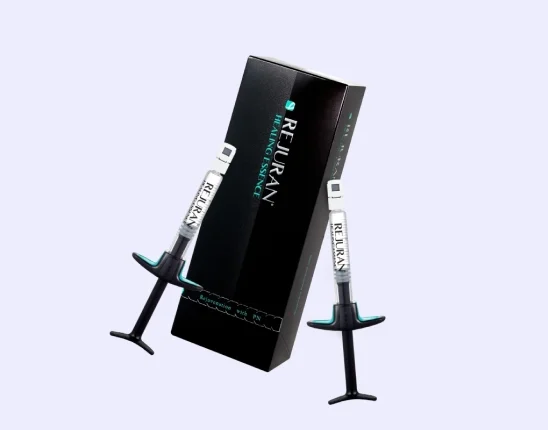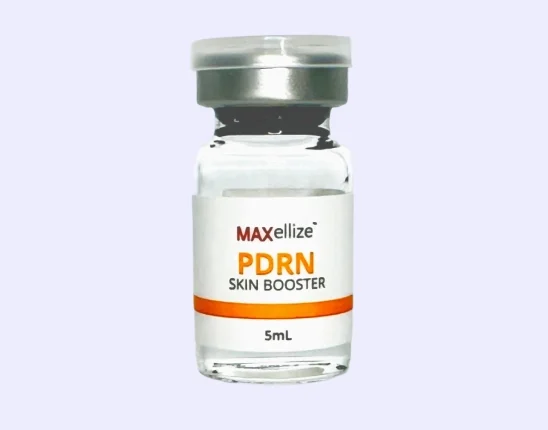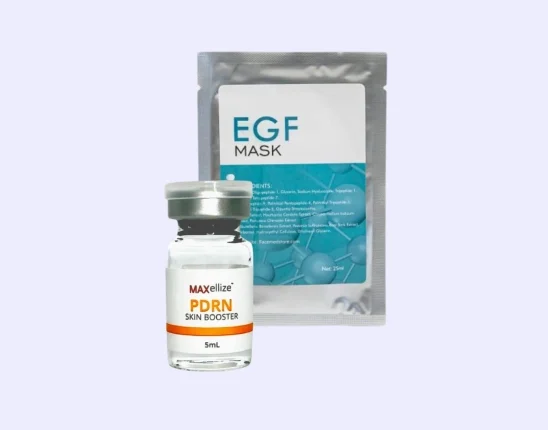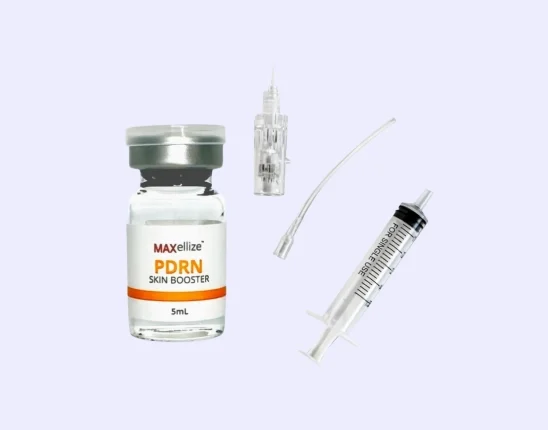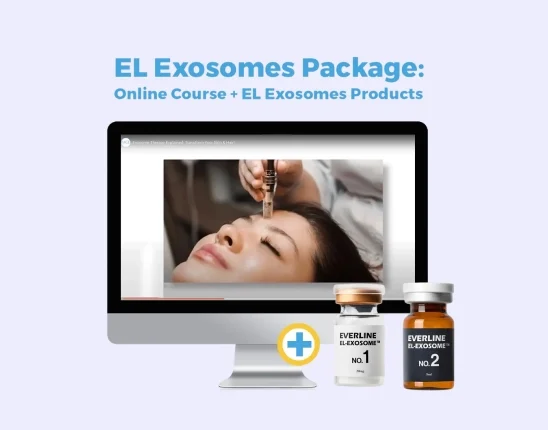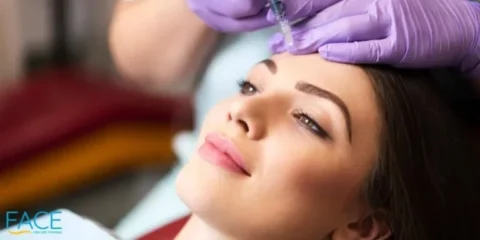Skin rejuvenation treatments are one of the most common cosmetic procedures performed to help the body combat the signs of aging and improve its appearance. While they can be administered in a variety of ways, the most common (and by far effective) method are via injectable treatments. Dermal fillers are at the forefront of this industry and can be divided into two groups: hyaluronic acid and non-hyaluronic acid fillers.
But between HA and non-HA fillers, which one should dermatologists use? Using HA and Non-HA dermal fillers largely rely on the preference of the patient, the skill of the injector, and the area that needs filling. Finding the correct balance between all these concerns is the key to a successful and smooth treatment session.
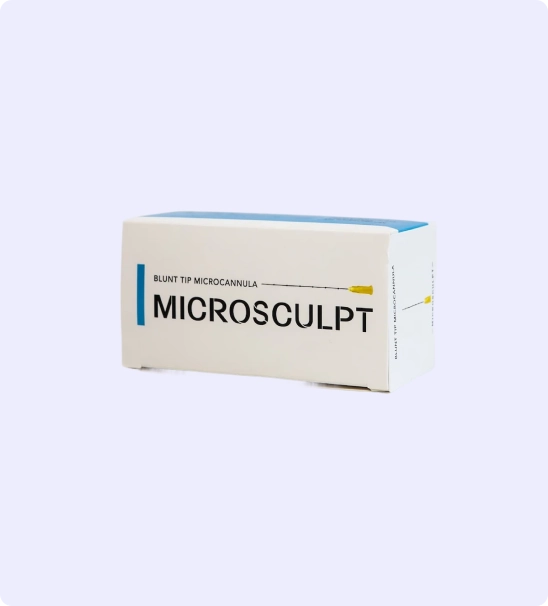
Injections Your Patients Will Love! Code “20OFF” Takes 20% off Your First Order!
Microcannulas are a tool that every great injector must master. Patients want quick results with no downtime. Our microcannulas are high quality and a fraction of the price of our competitors!
You can create an account here.
The Role Of Hyaluronic Acid In Dermal Fillers
Hyaluronic acid (or hyaluronan) is a sugar naturally produced and found in the body. Its primary function is to keep water, keeping the skin and joints lubricated. Well-lubricated tissue is less prone to damage and is more resilient against the daily wear and tear that the body experiences. High levels of HA may also help speed up the healing of wounds and improve bone density and strength.
HA-based dermal fillers have grown in popularity over recent years, primarily because of their ease with integrating with the body. Since hyaluronic acid is already found in the body, dermal fillers that use HA can be injected without the fear of body incompatibility.
The body creates it naturally, though, like most processes involving the skin, the production of hyaluronic acid slows down as it ages. Other conditions can also slow down the production of hyaluronic acid, like repeated damage from sun exposure and other types of skin cancer.
Using Dermal Fillers That Have Hyaluronic Acid
Dermal fillers that have hyaluronic acid include Juvederm and Restylane. Primarily used for treating wrinkles, these two fillers use generous amounts of hyaluronic acid to plump up the skin, fill in areas that need volume, remove light to moderate wrinkles, and last for an average of 8-12 months before needing reapplication.
Juvederm
Juvederm is mostly used to remove lines around the lips, mouth, nose, and eyes. It’s a filler designed to take care of more delicate areas like marionette lines, which are typically more difficult to fill in with traditional fillers. Most injections of Juvederm also have lidocaine, a numbing agent that helps decrease pain during the procedure.
Restylane
Restylane is more versatile in the areas where it can be used, ranging from the cheeks to the back of the hands. The variety of Restylane products means it can remove most mild-to-moderate lines and wrinkles, though several applications may be required if a large area needs to be filled.
Typically, the hyaluronic acid in both products makes them excellent filler material for almost any kind of line or wrinkle that needs filling. Juvederm works particularly well for areas under the eyes that may be too sensitive for regular fillers, while Restylane’s formulas are more efficient at filling in deep areas like nasolabial folds.
Both dermal fillers can be applied within 15-30 minutes and are usually painless, especially when a topical numbing agent is applied. At most, a patient can expect to go through 2 to 4 sessions before needing re-application in one to two years.
Using Dermal Fillers That Do Not Have Hyaluronic Acid
Dermal fillers that don’t use hyaluronic acid include Sculptra, Aquamid, and Bellafill. These fillers have different active ingredients that can fill in facial lines and reverse the signs of aging, and are usually used as alternatives if the patient wants different results from conventional cosmetic injectables.
Sculptra
Sculptra’s principal ingredient is poly-L-lactic acid (or PLLA), a substance that can boost collagen production in the skin. Collagen is one of the most abundant proteins found in the human body and provides structure to the skin. Because Sculptra encourages the body to “fill” in the area itself, the results can last anywhere from one to two years.
Sculptra also has a wide range of uses. It’s used to treat lipoatrophy (facial fat loss from HIV), creating extra definition and muscle mass in certain areas, and nonsurgical butt lifts and augmentation. By far, the most popular use for Sculptra is a facial filler for deep wrinkles and lines, though it is not recommended for use around the eyes and lips.
Aquamid
Aquamid is a formulation that contains around 97.5% water and 2.5% cross-linked polyacrylamide gel. This gel is tailor-made to integrate into the body with no incompatibility, allowing fill areas to remain pliable and biocompatible at the same time. Aquamid’s primary benefit is that the gel doesn’t get absorbed by the body and therefore provides immediate and long-lasting results.
Aquamid is only used with facial contouring, filling out areas like worry lines, nasolabial folds, and cheeks. Since the gel fills out on a 1:1 ratio, the amount of filler injected will directly translate to how much the area is filled. It’s a relatively straightforward treatment for filling in facial lines, though it costs a lot more than other dermal fillers.
Bellafill
Bellafill’s active ingredient is bovine collagen, mixed with polymethyl methacrylate (or PMMA) beads. It works by providing a double-action lift to the fill area by boosting collagen production, while the PMMA beads give the area more definition and volume. This is also why it’s the only filler approved by the FDA to treat acne scarring.
The application areas of Bellafill are more or less the same as that of Juvederm, though Bellafill does a better job at filling deep laugh or smile lines. There have also been some limited observations about its efficacy as a cheek filler. However, patients need to keep two things in mind when considering Bellafill: if they have an allergic reaction to the bovine collagen and the relatively high price of the procedure compared to other dermal fillers.
Since the active ingredients in these three brands are all different, it will ultimately depend on the consultation between the patient and the dermatologist which filler is chosen. Dermatologists need to remember the caveats of using non-HA fillers and set their patient’s expectations about the results and post-operative aftercare needed.
Issues With Using HA and Non-HA Fillers

Because hyaluronic acid is naturally found in the body, complications from using HA dermal fillers are rare. Typically, the only side effects are bruising, light bleeding, and tenderness for one to two days after the procedure. Post-operative aftercare will rely on how well the patient can tolerate the procedure, and how the dermatologist administers the treatments.
Non-HA fillers are also unlikely to show any side effects, though the variation of the active ingredients means that there’s a higher likelihood that the patient may experience allergic reactions to the formula. While this does not always happen, patients should always consult their dermatologist about the side effects that they can experience when taking non-HA dermal fillers.
One potential issue that can arise with using either treatment is that results may not always be as long-lasting or as effective as patients want them to be. Because the body can react to different substances, even if they are biocompatible with the system, there is always a possibility that results may not always be the same as the patient was expecting. It falls on the dermatologist to set expectations and be available for consultation if their patient finds any problems that occur after their treatments are done.
If any serious issues or side effects occur that fall outside of the usual experience, the patient must stop the treatments immediately and consult their doctor or dermatologist.
PEP Factor As An Alternative To Dermal Fillers
While dermal fillers have proven to be a popular and effective way to fill in wrinkles, some patients would prefer an alternative method of application. In cases like these, it may be preferable to look into PEP Factor products as a treatment for skin rejuvenation therapy.
PEP Factor is a proprietary blend of peptides, essential nutrients, and fibroblast growth factors that can help rejuvenate the skin at the cellular level, which may improve its appearance, elasticity, and water retention. PEP Factor products are noninvasive and have little to no side effects, and are easy to integrate into anyone’s existing skincare routine.
One advantage of PEP Factor products is they are more versatile in their applications compared to dermal fillers. While dermal fillers can only apply to the face and certain sections of the body, PEP Factor may be applied almost anywhere, potentially rejuvenating and helping the skin regain suppleness and structure. It may also help with hair regrowth and may mitigate instances of hair loss.
If patients show trepidation about the cost or procedure involved with dermal fillers, recommending PEP Factor products may be a good middle ground for them to experience the full benefits of skin rejuvenation therapy while cutting down on post-operative aftercare and pricing.
Quality Skin Rejuvenation Treatments At FACE Medical Supply
HA and Non-HA fillers have different ways of accomplishing the same goal, which will ultimately affect which type of filler is used. Depending on the filler material and the goal of the overall procedure, there will be situations that HA fillers or non HA fillers will be better for the person. Dermatologists will have to work with their patients to determine which one will work best.
At FACE Medical Supply, we have extensive experience with providing the best medical tools and devices to help cosmetic practices apply dermal fillers and other injectables. Our products maintain the highest standards of quality and efficacy while remaining affordable, helping many cosmetic practices around New York offer better service.
For more information on our stocks and the services we provide, contact us today.
Learn more: How Can I Thicken My Hair?
